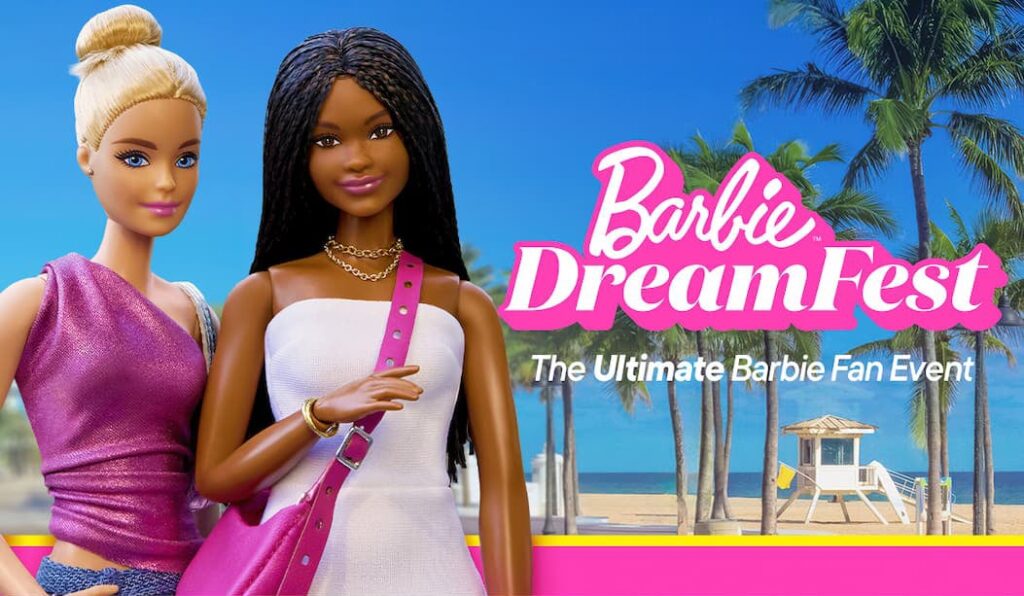There is a temptation to talk about mobile and social in the same breath. The channels came to prominence more or less concurrently. And there is considerable interplay, with consumers using their mobile devices to access social networks.
"Mobile is going to be a huge enabler," says Don Hamblen, senior vice president of customer marketing at Family Dollar Stores. "Everyone will be walking around with a supercomputer in their hands."
Beyond smartphones—devices that offer additional Web functions and account for 30% of all mobile phones in the U.S—Hamblen is intrigued by near-field capabilities, which will enable consumers to self-identify when they are in specific locations, and allow marketers to make purchase suggestions that can be acted on immediately.
In-store offerings will be powered by information gathered through its Family Savings loyalty program, whether on inferred ages of children, or pet ownership, or health and beauty tips. And coupons and other content can be coordinated with Family Dollar's supplier partners, allowing the chain to provide targeted, relevant discounts which will stimulate store traffic.
Cents-Off Promotions Don't Make It Anymore
That said, Hamblin feels discounts are going to diminish as part of the CRM equation, with the focus on cents-off loyalty taking a back seat to information and relevant content triggered through data analysis. "It is going to shift from a quid pro quo to a broader relationship," he says.
That broader relationship will increasingly include social media.
Family Dollar boasts around 300,000 people who are interacting with it through social channels—primarily Facebook, but some on Twitter as well. "It provides a neat way for people to share things they are passionate about—things around their kids, pets, contests. They have been very popular, and it gives us a way to engage and listen and get a better understanding of what is on their minds."
Women's apparel marketer Chico's FAS is quite happy using social media to come into the middle of the conversation, as AMC's Cook characterizes the phenomenon. With the women over 40 demographic—among Chico's core audience—booming on Facebook, the company is happy to observe what they are saying about fashion trends, product lines and floor sets.
Barb Buettin, Chico's director of CRM and enterprise information management, hasn't lost sight of the need to put hard numbers with these online conversations, however.
"The ROI will come when marketers are able to tie their customers' profiles to their Facebook URLs," she says. "As of right now, we don't know if [someone who posts] is a customer. She may just be someone who is blogging."
Buettin sees a future in which a customer's online comments can be brought to play when that customer visits a store. "We are a specialty retailer," Buettin says. "We need sales associates to understand what the customer wants, so [the associate] can speak to her as a girlfriend."
That future isn’t so far off. "The channels, in terms of online and in the stores, are much more in concert than they have been before," Buettin says.
So has CRM become the exclusive property of the online channels? Not by a long shot. "We are doing more personalized communication in both direct mail and e-mail," Buettin says. "We are directing [customers] to the nearest store, and we are looking at purchase behavior."
Chico's is even using the telephone for some of its efforts. The company is conducting what Buettin calls a "clienteling" campaign, in which high-value customers who haven't shopped with the company are reached out to on an individual basis.
Using the telephone for VIP-focused efforts is nothing new, Buettin says—customers are occasionally invited to special events by their sales associates—but of late Chico's has expanded the program, and is now using ever-more-targeted messages which are fueled by customer data.
Customers Seek Relevance
Social media and mobile devices, and even the use of data, are part of a larger picture, says Dennis Armbruster, managing partner at LoyaltyOne Consulting. The common denominator for them, and the mission of CRM, is the goal of ever-increasingly relevant communication with the customer.
"Finally organizations are realizing that differentiation is not going to come through their [rewards] program," Armbruster says. "They are not going to win on a better award mix. They could get ahead for a bit, but it's not a sustainable differentiation."
The persistent economic slowdown has spurred some changes in how loyalty programs are viewed. "There has been a simple retrenching on the economics of programs," Armbruster says. "It's scary how many [marketers] don't measure the effectiveness or the returns on their loyalty programs. When you have a downturn in the economy you put a microscope over everything and ask 'Is this investment providing a return?' There was a bit of an eye-opener there."
Customers engage with organizations beyond their programs, and are looking for all of their interactions with the organizations to have relevance. "The challenge, and the big trend in loyalty marketing, is how companies are using their loyalty basis to inform the rest of the enterprise," Armbruster says.
Working with merchandising departments has, in some cases, opened up new avenues of analysis to their efforts.
Armbruster offers the example of marketers who would formerly give a dollar-off discount to their loyalty club members. Now they might now offer 50 cents off plus double loyalty currency points. The cost of those points, plus the fifty-cent discount, might be only 80 cents.
"We have done a number of tests of points only versus discount only," he says. "We get the best response to a combination of those two. It delivers immediate value, appeasing the need for speed. Plus it appeals to the aspirational goals for customers in ongoing programs who want to bank their points. You hit both sides of the consumers drivers there: They want now, and they want to be recognized over time."
The next trend in loyalty efforts will be when marketers start using data collected in their prospecting efforts, according to Armbruster.
"Companies are looking at existing customers to drive new customer acquisition," he says. "Think about Groupon. It's the notion of cohorts, or communities. If I have a customer in a loyalty program, they are probably hanging out with other folks who would buy my products and services. Loyalty programs have done a pretty poor job of recognizing and rewarding customers for driving new customers to try a product or service. This is where social and mobile have really enhanced that experience."



